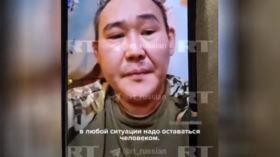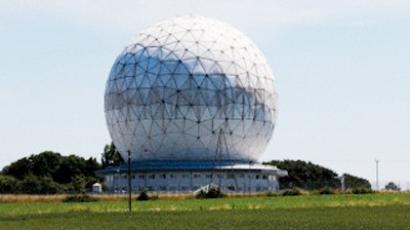'US never gave up on getting closer to Russia’s borders'
A missile pact between US and Romania does not sit in the background of resetting relations between US and Russia. Experts believe Washington never gave up an idea to get close to Russian borders.
Brian Becker from Answer, the Act Now to Stop War and End Racism coalition, says Washington never gave up on its intention to get closer to Russia’s borders.“The US won’t give that guarantee because the US indeed intends to use the missile defense shield as part of the first-strike threat capability against Russia and China in the future,” he claimed. “When the cold war ended, when the Warsaw Pact was disbanded, one would rationally think that this would be a time of compromise, of peace, of de-escalation of tension,” Becker said. “But instead, the US military, not the people, saw this as an opportunity to get unilateral power over the former Soviet bloc countries, and Russia in particular. And underlying all this is a basic strategic calculation that those who have the greatest number of weapons and those who can do the most damage will ultimately be able to force the others to accept the terms of whatever political context is going on later in the future.”Becker warned that the missile defense shield is actually an effort by Washington to expand its influence in the region.“The US is using the terms of these agreements with Romania and other eastern and Central European countries as a way of integrating them into NATO, into what really is an American sphere of influence, so that they look at Eastern and Central Europe in the post-Soviet era as an attempt to expand America’s sphere of influence – right up to Russia’s borders,” he declared.














